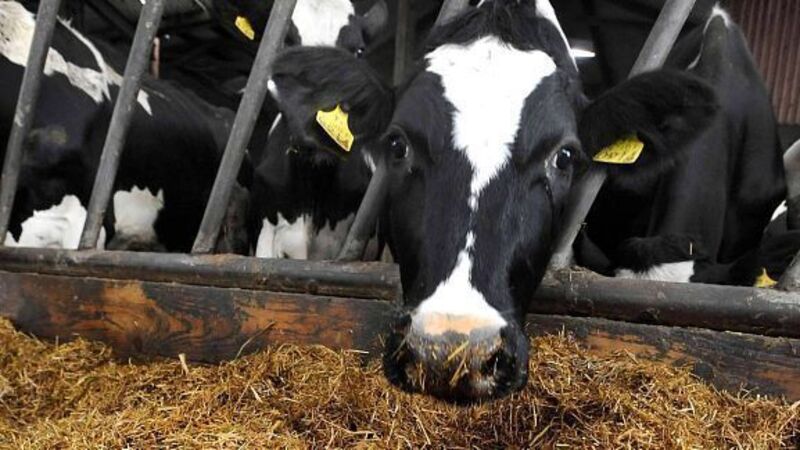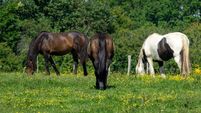British farm chief studies Ireland’s TB success story

Britain’s Department for Food, Environment and Rural Affairs (DEFRA) has been studying Ireland’s achievement in disease control, Agriculture Minister Simon Coveney, has confirmed.
Mr Coveney said: “Addressing TB and brucellosis has been a real success story in the Department, so much so that my British counterpart, the UK secretary of state, Owen Paterson, spent one and a half days examining our TB programme, because the British want to learn from it. The UK is going in the opposite direction and that is a problem for us, because of Northern Ireland.”










